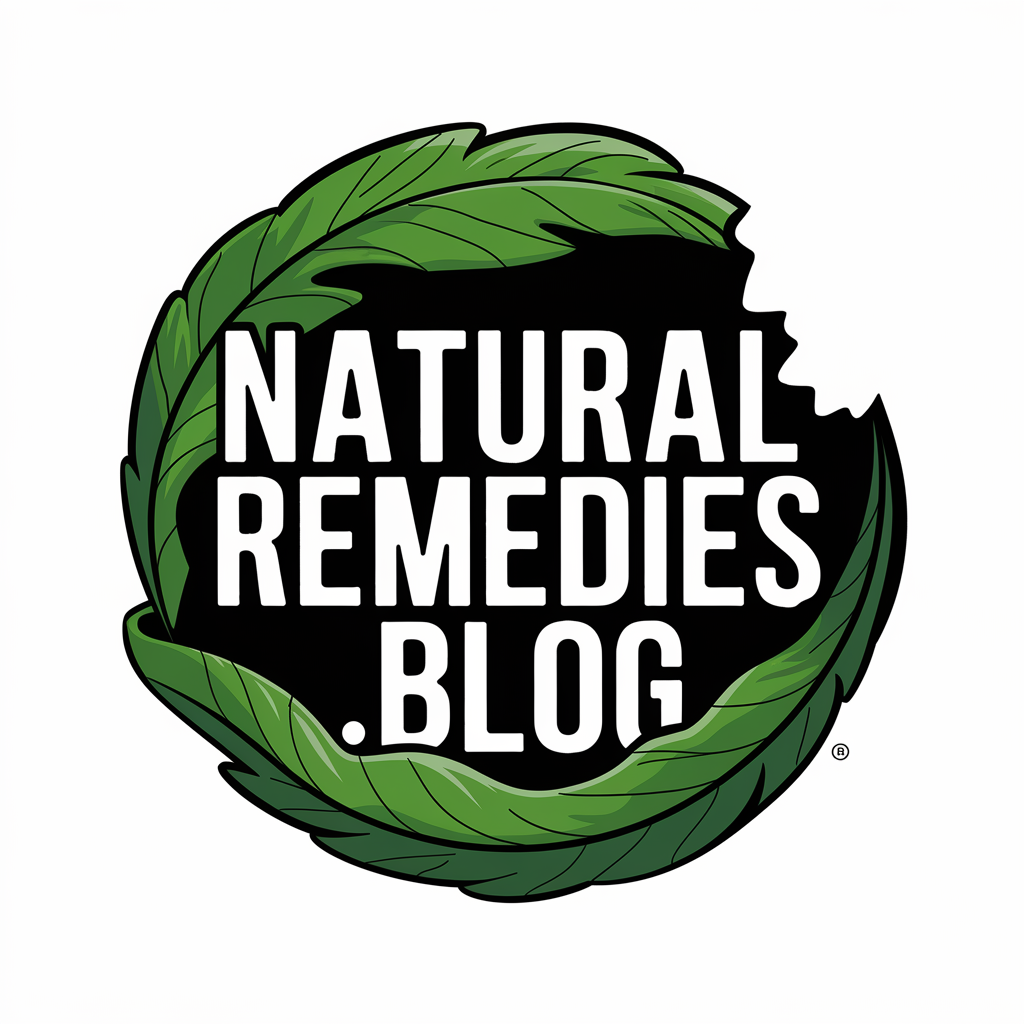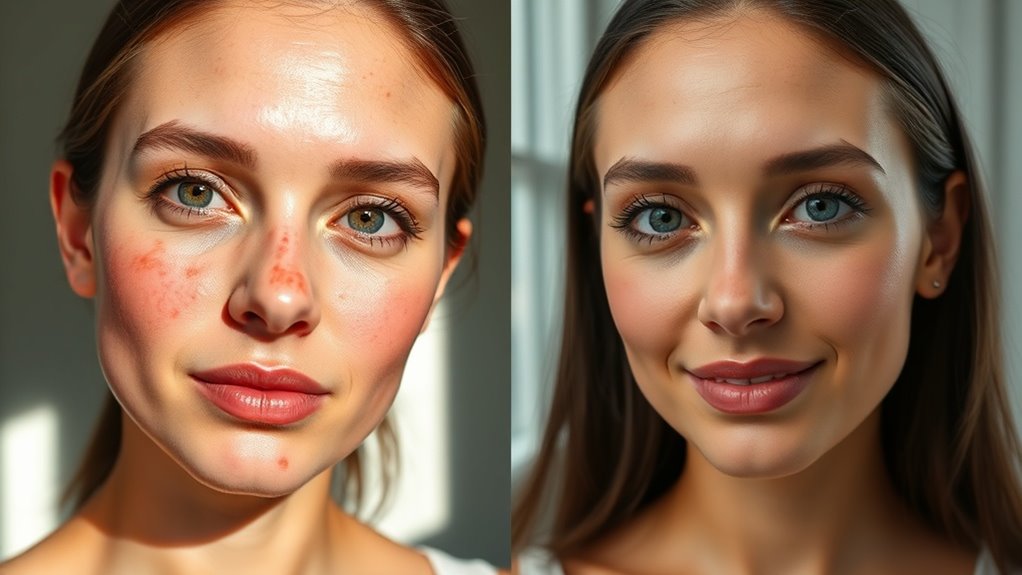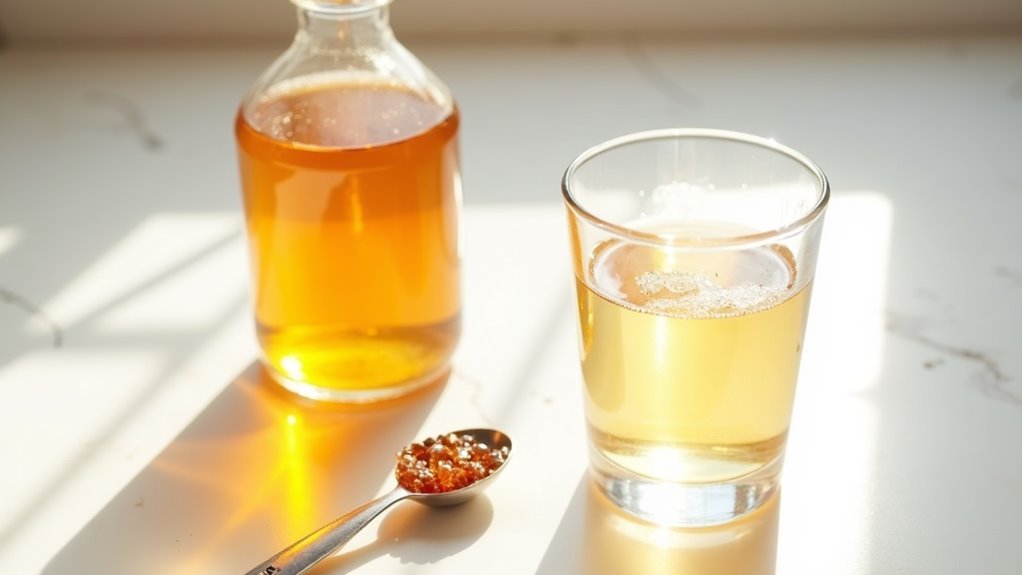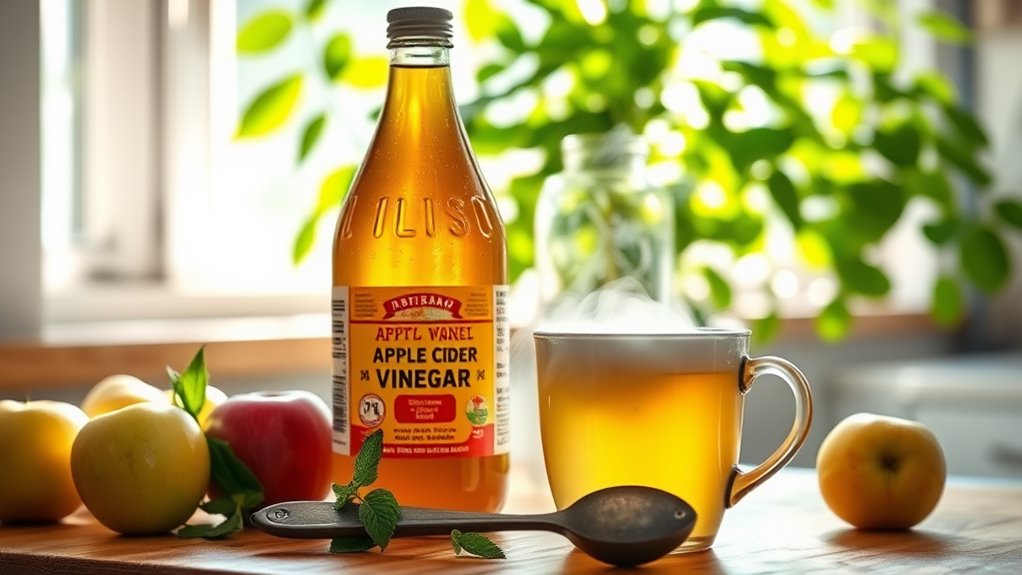How Apple Cider Vinegar Cleared My Skin in Just a Week
My Skin Struggles Before Apple Cider Vinegar
Despite trying numerous over-the-counter products and prescription medications, many people struggle with persistent skin issues like acne, hyperpigmentation, and uneven texture.
You’ve likely experienced the frustration of investing in expensive skincare routines that promise results but fail to deliver lasting improvements.
Clinical studies show that conventional treatments often contain harsh chemicals that can disrupt your skin’s natural pH balance, leading to increased irritation and inflammation.
Before discovering apple cider vinegar benefits, you may have dealt with recurring breakouts, redness, and skin sensitivity that affected both your appearance and self-confidence. Additionally, the antimicrobial properties of apple cider vinegar can combat harmful bacteria, supporting a clearer complexion.
Understanding Apple Cider Vinegar’s Skin Benefits
Research demonstrates that apple cider vinegar’s unique composition of organic acids, enzymes, and beneficial compounds offers multiple scientifically-validated benefits for skin health. The acetic and malic acids help restore optimal pH balance while exfoliating dead skin cells.
| Benefit | Scientific Mechanism |
|---|---|
| pH Balance | Normalizes acid mantle |
| Antibacterial | Kills P. acnes bacteria |
| Exfoliation | Alpha-hydroxy acids |
| Anti-inflammatory | Polyphenol compounds |
You’ll find ACV particularly effective at treating acne, hyperpigmentation, and signs of aging through its antimicrobial and antioxidant properties. Clinical studies confirm its ability to strengthen the skin barrier and regulate sebum production. Additionally, its antibacterial properties contribute to reducing inflammation and preventing new breakouts.
How to Choose the Right Apple Cider Vinegar
With the skin benefits of ACV well-established, selecting the right type of apple cider vinegar can maximize its therapeutic effects.
Look for raw, unfiltered ACV containing “the mother” – a cloudy substance rich in beneficial enzymes and bacteria. Choose organic options to avoid pesticide residues that could irritate sensitive skin.
Check the acidity level, which should be around 5-6% for optimal results. The pH should fall between 2.8 and 3.0.
Clear bottles let you examine the product’s appearance, but dark glass better preserves ACV’s active compounds. Additionally, opting for unfiltered vinegar with the mother can enhance its beneficial properties.
Always verify the expiration date and ensure proper storage conditions.
My Daily ACV Skincare Routine
You’ll get the most benefit from apple cider vinegar by incorporating it into both morning and evening skincare routines.
In the morning, dilute ACV with water (1:3 ratio) and use it as a gentle facial cleanser to balance your skin’s pH and remove overnight buildup. This routine not only helps to clarify the skin but also takes advantage of ACV’s natural detoxifying properties, contributing to a clearer complexion.
For evening care, apply ACV directly to blemishes or problem areas using a cotton swab, allowing the acetic acid to work overnight as a targeted spot treatment.
Morning ACV Face Wash
Creating an effective morning skincare routine with apple cider vinegar requires careful dilution and application. The pH-balancing properties of ACV help maintain your skin’s protective barrier while removing excess oils and bacteria.
For optimal results, follow these steps:
-
Mix 1 part raw, unfiltered ACV with 4 parts filtered water in a clean glass container.
-
Saturate a cotton pad with the solution and gently sweep across cleansed face, avoiding eye area.
-
Wait 30 seconds for absorption, then apply your regular moisturizer and sunscreen.
Clinical studies suggest this dilution ratio maximizes ACV’s antimicrobial benefits while minimizing potential irritation.
Evening Spot Treatment Method
As night approaches, targeted apple cider vinegar spot treatments can effectively address specific skin concerns like acne, dark spots, and blemishes. You’ll need to dilute ACV properly and apply it precisely to problem areas before bed.
| Area | Dilution Ratio | Contact Time |
|---|---|---|
| Active Acne | 1:4 | 10 minutes |
| Dark Spots | 1:3 | 15 minutes |
| Scarring | 1:3 | 20 minutes |
| Hyperpigment. | 1:4 | 15 minutes |
| Large Pores | 1:5 | 10 minutes |
Using a cotton swab, dab the diluted solution onto targeted areas. Don’t rinse off – let the ACV work overnight. The acetic acid content helps exfoliate dead skin cells while balancing your skin’s pH levels.
The Science Behind ACV’s Skin-Clearing Properties
The skin-clearing power of apple cider vinegar stems from its scientifically documented ability to regulate pH levels and inhibit harmful bacteria growth on your skin’s surface.
You’ll find natural alpha-hydroxy acids (AHAs) in ACV, which function as chemical exfoliants to remove dead skin cells and unclog pores.
Clinical studies have shown that ACV’s acetic acid and polyphenolic compounds reduce inflammation and promote skin barrier healing through their antioxidant properties. Additionally, its antimicrobial properties help combat acne-causing bacteria, making it an effective solution for clearer skin.
Ph Balance and Bacteria
When examined at a molecular level, apple cider vinegar’s ability to balance skin pH stems from its natural acidic compounds, primarily acetic acid.
Your skin’s optimal pH ranges between 4.5-5.5, and ACV helps maintain this delicate balance while combating harmful bacteria.
Research demonstrates three key mechanisms:
- ACV’s acidic pH neutralizes alkaline substances that disrupt your skin barrier
- The antimicrobial properties target P. acnes bacteria, reducing inflammation and breakouts
- Malic acid in ACV promotes cell turnover, removing dead skin cells that trap bacteria
This pH-balancing effect creates an environment where beneficial bacteria thrive while harmful microorganisms can’t survive.
Natural Exfoliating Alpha-Acids
Beyond its pH-balancing effects, apple cider vinegar contains powerful alpha-hydroxy acids (AHAs) that naturally exfoliate skin cells. These acids work by breaking down the proteins that bind dead cells together, revealing fresher skin underneath. The primary AHA in ACV, malic acid, penetrates deeply to unclog pores and accelerate cell turnover.
| AHA Type | Function | Benefit |
|---|---|---|
| Malic Acid | Breaks protein bonds | Removes dead cells |
| Acetic Acid | Dissolves sebum | Unclogs pores |
| Citric Acid | Stimulates collagen | Firms skin |
| Lactic Acid | Hydrates | Smooths texture |
| Glycolic Acid | Increases turnover | Reduces spots |
You’ll typically see results within 2-3 weeks of consistent use, as these acids gradually refine your skin’s surface.
Anti-Inflammatory Healing Properties
Research has demonstrated that apple cider vinegar’s potent anti-inflammatory compounds directly target skin inflammation at a cellular level. The acetic acid and polyphenols in ACV work synergistically to reduce redness, swelling, and irritation associated with various skin conditions.
Clinical studies have identified three key mechanisms behind ACV’s healing properties:
- Inhibition of pro-inflammatory cytokines that trigger skin inflammation
- Neutralization of free radicals through powerful antioxidant activity
- Restoration of skin’s natural pH balance, strengthening its protective barrier
These therapeutic effects make ACV particularly effective for treating acne, eczema, and other inflammatory skin disorders when applied topically.
Day-by-Day Transformation and Results
Once you begin using apple cider vinegar (ACV) on your skin, changes typically occur in distinct phases.
During days 1-2, you’ll notice initial redness and mild tingling as ACV’s alpha-hydroxy acids begin exfoliating dead skin cells.
By days 3-4, sebum production normalizes, and existing blemishes start diminishing.
Through days 5-6, skin texture becomes smoother, and pore size visibly reduces.
At the one-week mark, inflammation decreases significantly, and dark spots fade.
Clinical studies show ACV’s acetic acid content reaches optimal effectiveness within 7-8 days, leading to balanced pH levels and improved barrier function.
Tips for Safe ACV Application
Although apple cider vinegar offers numerous skin benefits, proper application techniques are crucial to prevent irritation or chemical burns. Studies indicate that following specific safety protocols maximizes results while minimizing adverse reactions.
-
Always dilute ACV with water using a 1:4 ratio (1 part vinegar to 4 parts water) for sensitive skin, or 1:3 for normal skin.
-
Perform a patch test on your inner arm 24 hours before facial application to check for allergic reactions.
-
Apply the solution using a cotton pad, avoiding the eye area, and never exceed 3 minutes of contact time before rinsing thoroughly with cool water.
Common Mistakes to Avoid
While many people are eager to incorporate apple cider vinegar into their skincare routine, several critical mistakes can undermine its therapeutic potential and cause adverse reactions. You’ll need to avoid these common errors to protect your skin’s integrity.
| Mistake | Consequence | Prevention |
|---|---|---|
| Undiluted application | Chemical burns, irritation | Dilute 1:4 with water |
| Overuse frequency | Barrier disruption, pH imbalance | Limit to 2-3x weekly |
| Direct sun exposure | Photosensitivity, hyperpigmentation | Apply only at night |
Scientific studies indicate these mistakes can lead to significant dermatological complications, including permanent scarring and increased sensitivity to environmental factors.
Long-Term Maintenance and Prevention
Having established the key mistakes to avoid, a consistent and proper maintenance routine becomes the foundation for successful apple cider vinegar skincare integration. Research indicates that long-term benefits require systematic application and preventive measures.
-
Monitor your skin’s pH levels weekly using testing strips, adjusting the ACV dilution ratio accordingly to maintain optimal 5.5 pH balance.
-
Incorporate antioxidant-rich moisturizers after ACV application to prevent moisture barrier disruption.
-
Document skin changes in a tracking journal, noting environmental factors and dietary influences that may affect your skin’s response to ACV treatment.
Always maintain consistent application timing and dilution protocols for maximum efficacy.







